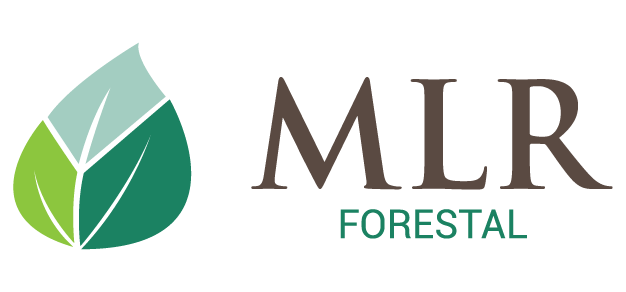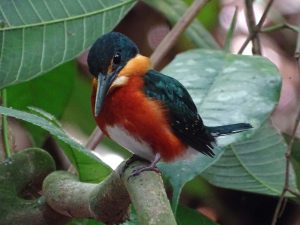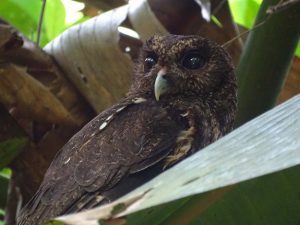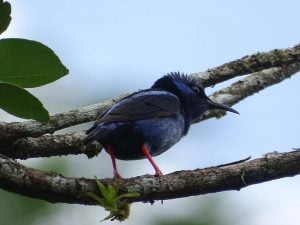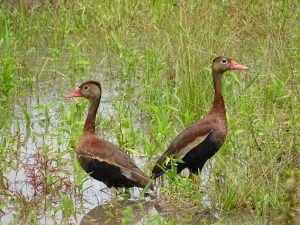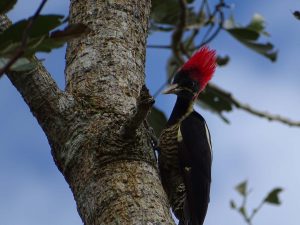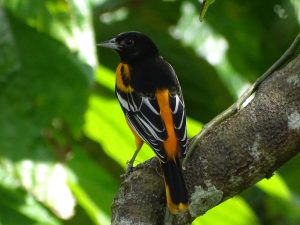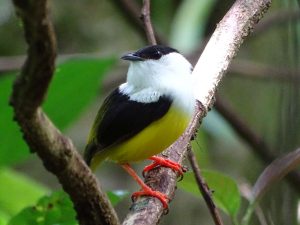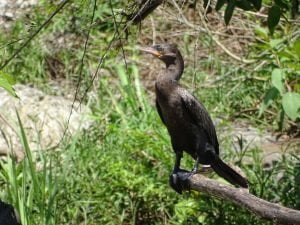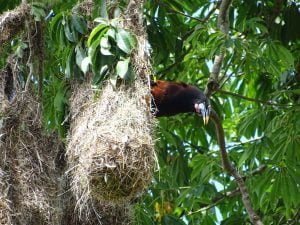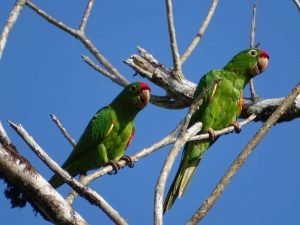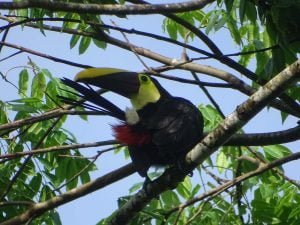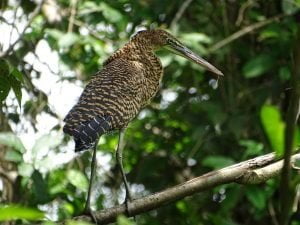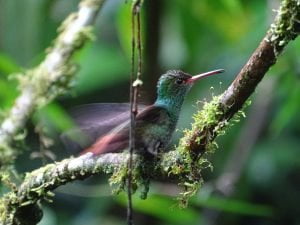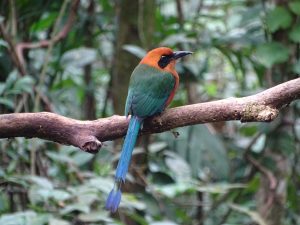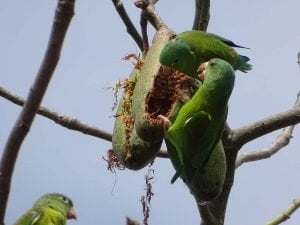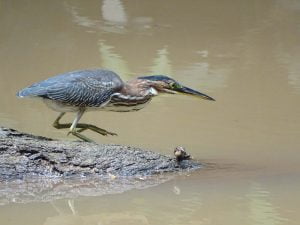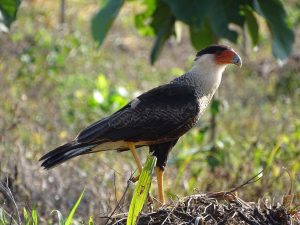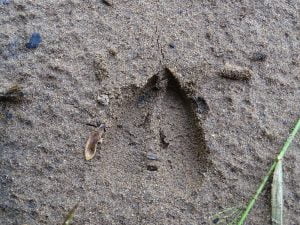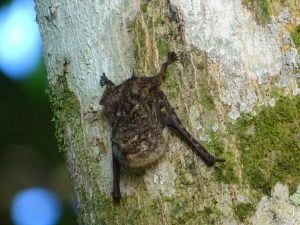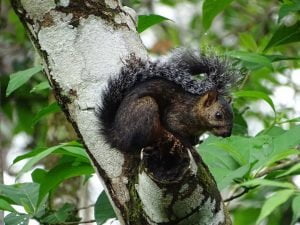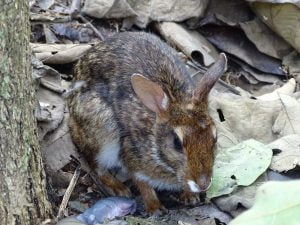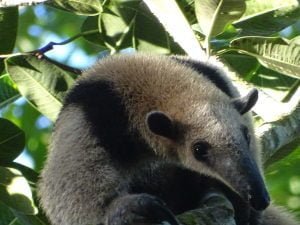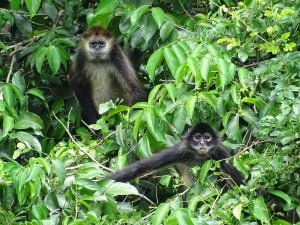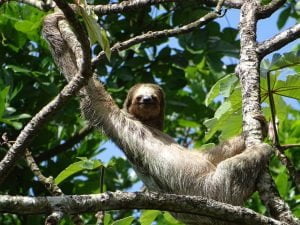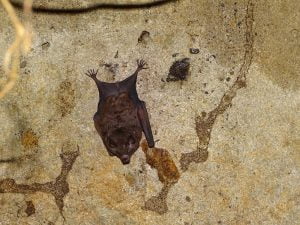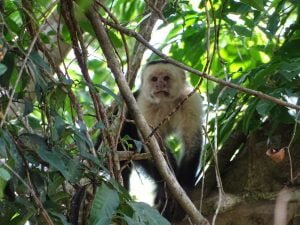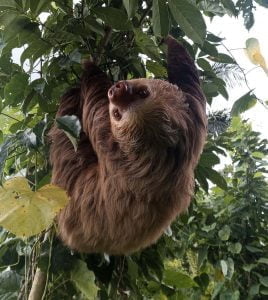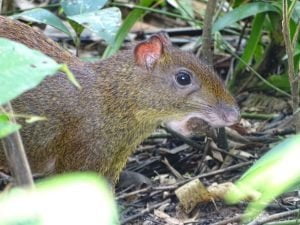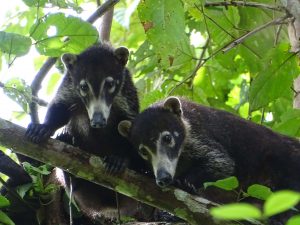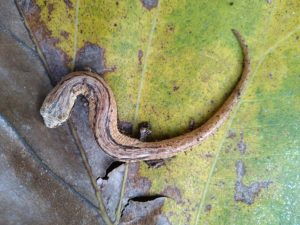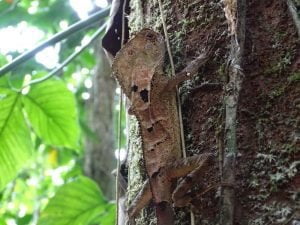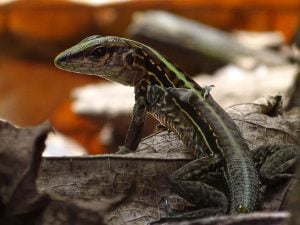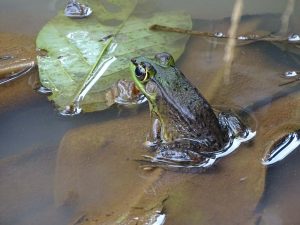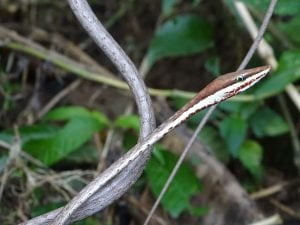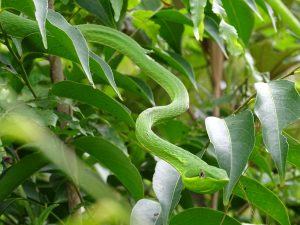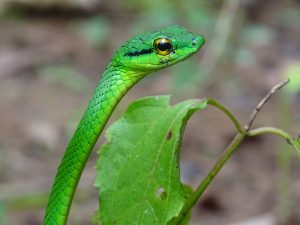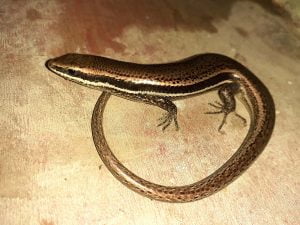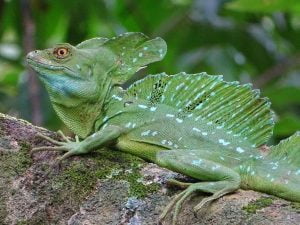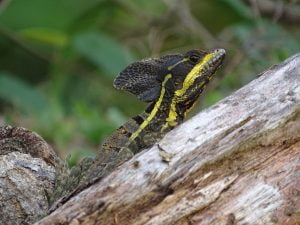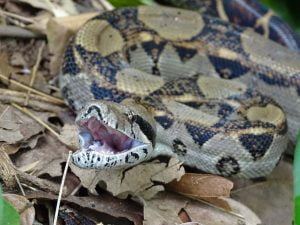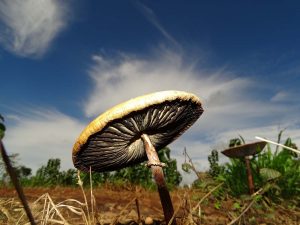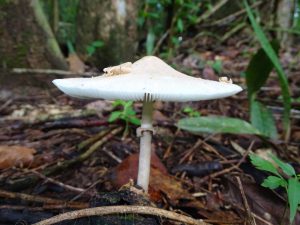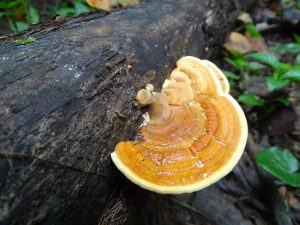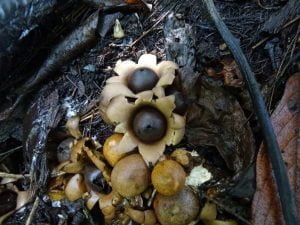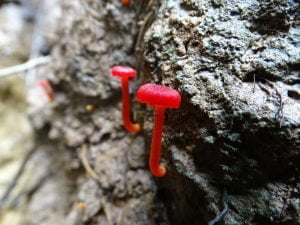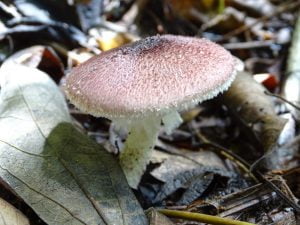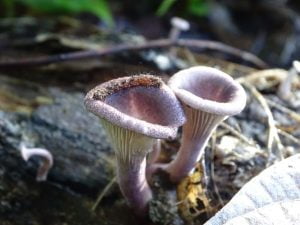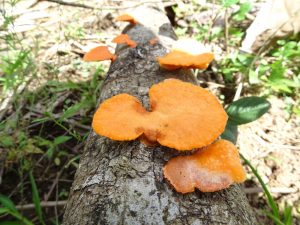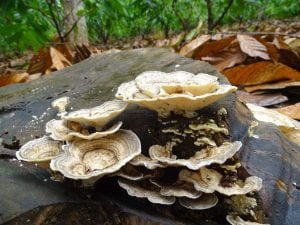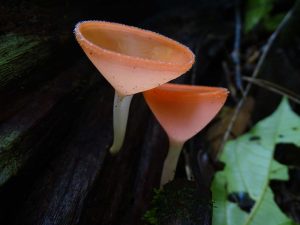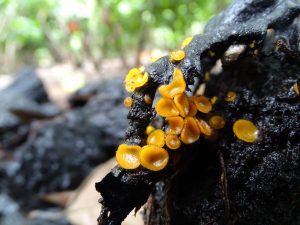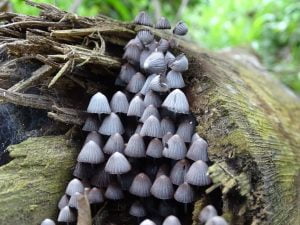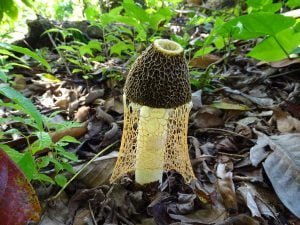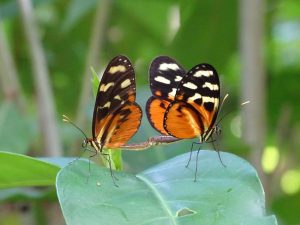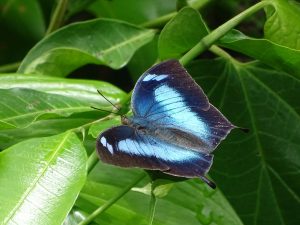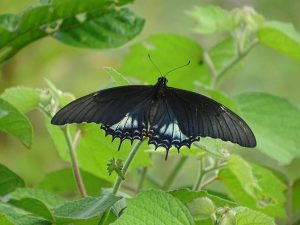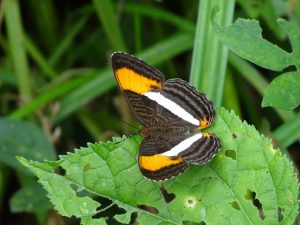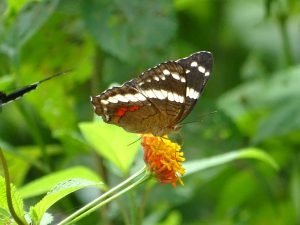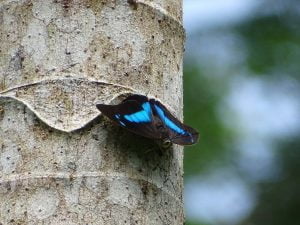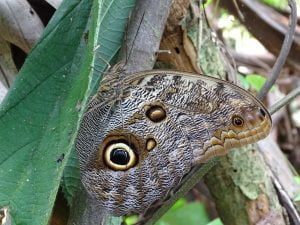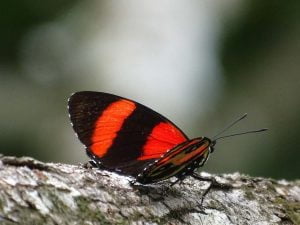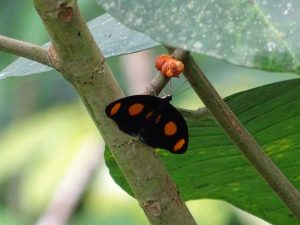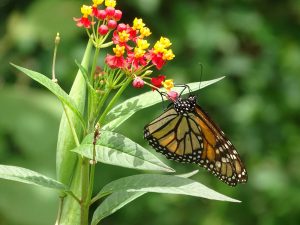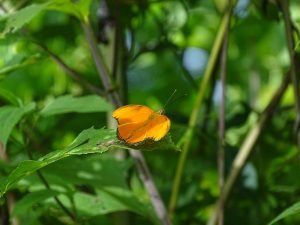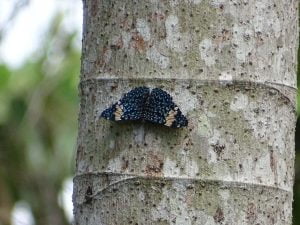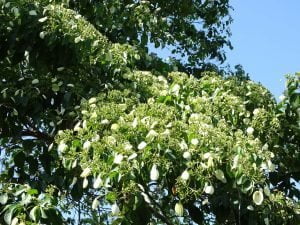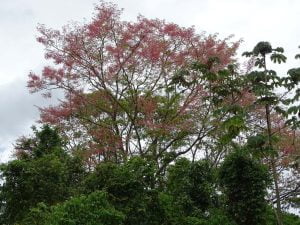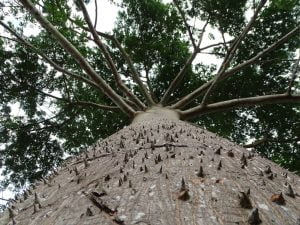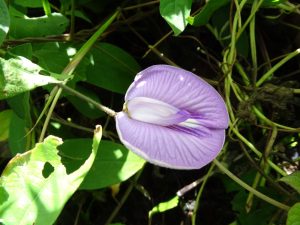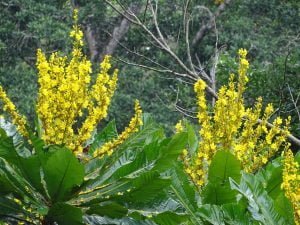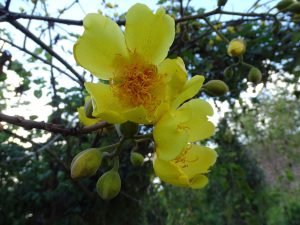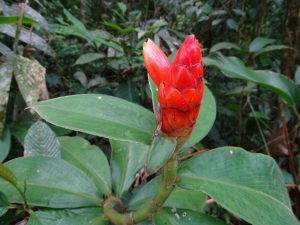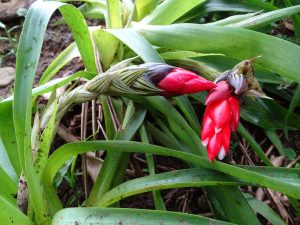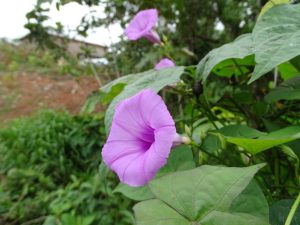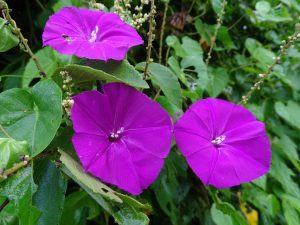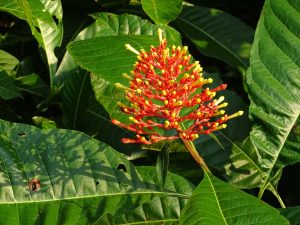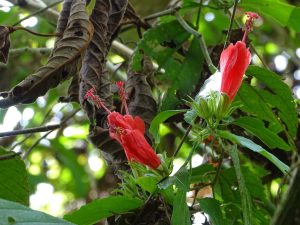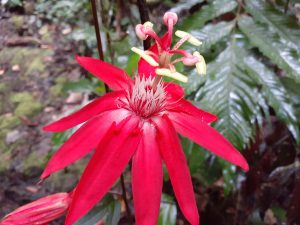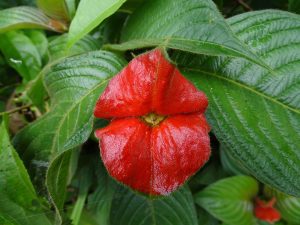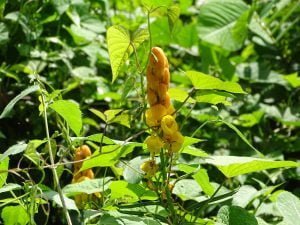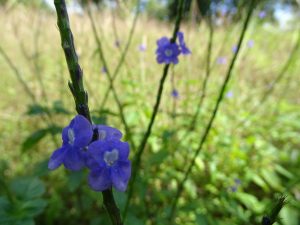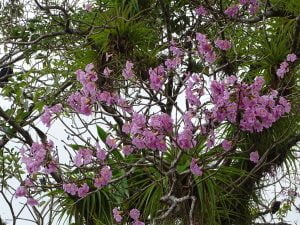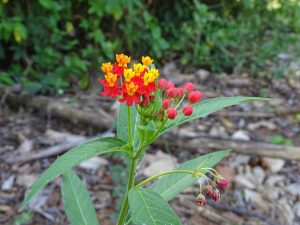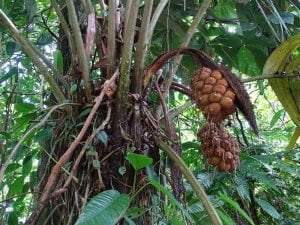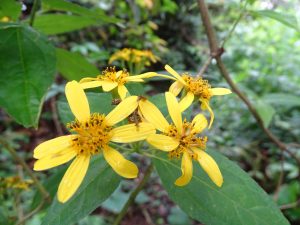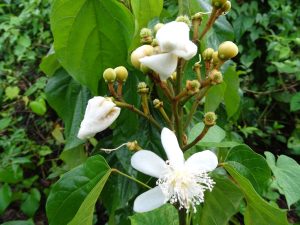
The habitat at MLR Forestal
Protected areas (PA) constitute around 28% of the total area of MLR Forestal. These areas can be mature secondary forest, young forest in natural regeneration, and small remnants of natural forest to a lesser extent. 70% of these lands are riparian vegetation and they help conserve natural water sources and function as biological corridors for the safe transit of fauna.
The MLR Forestal protection areas conserve more than 920 species of wild flora and fauna. Due to MLR Forestal's initiatives, special attention is paid to those species in high risk of extinction, according to the red list of the International Union for Conservation of Nature (IUCN), the Convention on International Trade in Endangered Species of Flora and Wild Fauna (CITES) and those species contemplated in the national system. Thanks to this monitoring, effective actions are carried out that allow the protection and development of these vulnerable species.
Birds
This is the group with the most diverse vertebrates within MLR Forestal plantations and conservation areas; to date 266 species have been identified between residents and migratory. The ecological importance of the birds lies in the fact that they are very efficient to disperse forest seeds and as biological control mainly of pests in crops, thus promoting a more sustainable balance within ecosystems as they are part of natural regeneration in areas strongly affected by human activities and natural phenomena. .
MLR has produced a catalog of birds. Among the documented species, 23 are protected by the national ban system and another 24 species are classified as highly vulnerable species according to international conventions to which Nicaragua is a party, such as the CITES convention and the IUCN red list.
Mammals
Mammals constitute a diverse group of living beings, although with few species compared to others in the animal or plant kingdom. This classification has been studied extensively due to its importance in the diet of rural communities, especially indigenous ones, and it has been found that it is highly vulnerable due to factors such as the impact of climate and human activity.
Inside MLR Forestal development, 34 species of mammals have been identified and documented, including 13 species in national ban, 11 species in the various appendices of the CITES convention, 2 species on the IUCN red list as highly vulnerable and 1 in danger of extinction. Therefore, from the MLR direction, strategies and actions are being implemented that allow the protection, conservation and integral development for these species.
Herpetofauna
Herpetology is a branch of zoology related to the study of amphibians and reptiles, these two taxa are grouped under the terms poikilothermia and ectothermia, which means that the species belonging to these groups are not capable of generating their own internal heat and therefore depend on the environmental temperature.
In MLR plantations and conservation areas, 63 species belonging to these groups have been documented (16 species of amphibians and 47 species of reptiles) of which 4 are protected in the national ban system and 2 are regulated by the CITES convention.
Macrofungi
Mycology or mycetology is the biological science that is responsible for the study of fungi (macroscopic and microscopic) and has wide uses, for example: medicine, food industry, biotechnology.
In the environment they play an important role especially in the recycling of nutrients; that is, this taxonomic group decomposes dead biomass and returns the nutrients to the soil where another developing plant can take advantage of them.
More than 22 species of macro fungi have been identified in MLR plantations and conservation areas, however, a formal study on this group has not been carried out.
Daytime butterflies
In the plantations and conservation areas of MLR Forestal, 72 species of diurnal butterflies have been identified. The importance of studying this group in particular lies in the fact that butterflies in their adult state are essential in the pollination of crops; for MLR they are vital in the forest pollination, mainly of native species and other shrub species that need their services to carry out the growth of fruits and the subsequent dispersal of seeds, which constitute a key element in the functioning of natural ecosystems.
Bioindicators of water quality
Aquatic ecosystems maintain a great diversity of organisms that can be used as indicators of water quality, since they present ranges of sensitivity or tolerance to contamination. The most widely used organisms are aquatic macroinvertebrates and the analysis of the values is based on the BMWP / CR guide, the results of which can indicate Excellent, Good, Bad and Very poor water quality, determined by their presence or absence in the ecosystem.
